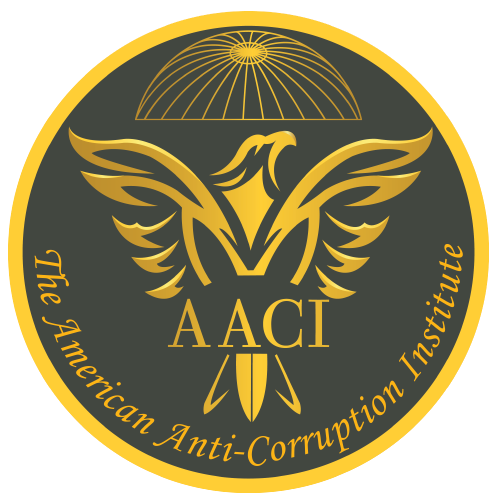Performative Integrity
Performative Integrity
By Mike Masoud
May 5, 2025
Published by The American Anti-Corruption Institute (AACI) – May 5, 2025
Overview
Performative Integrity is a conceptual framework authored by Mike Masoud and published by The American Anti-Corruption Institute (AACI). It forms part of The AACI’s intellectual contributions to promoting ethical governance, institutional accountability, and corruption prevention worldwide.
It challenges the global anti-corruption community to move beyond static notions of ethics and compliance and adopt a more active, systemic, and observable model of integrity performance — one that can be seen, measured, and embedded in the institutional DNA.
The Problem It Solves
In many sectors today — public and private — integrity has become symbolic: invoked in speeches, written into policies, and displayed on websites. However, too often, these gestures are not accompanied by fundamental behavioral or institutional transformation.
This leads to what is commonly called “performative ethics” — a condition in which compliance exists more in form than function. Organizations may pass audits, sign codes of conduct, or appoint ethics officers, yet still be riddled with conflicts of interest, procurement fraud, or a culture of silence.
Performative Integrity confronts this dysfunction. It asserts that real integrity must not only exist — it must be performed, demonstrated, and audited throughout every layer of decision-making and governance.
Defining Performative Integrity
Performative Integrity is the visible, proactive, and institutionalized execution of ethical leadership within governance systems, where:
- Integrity is operationalized, not idealized;
- Power is accountable, not ornamental;
- Internal control is deterrent and preventive, not cosmetic;
- Institutional behaviors align with ethical expectations — regardless of who is watching.
It is about acting with integrity under institutional pressures, not just proclaiming values.
This model demands that those in positions of authority — especially board members, executives, and public officials — perform integrity through:
- Decisive, ethical leadership
- Transparent resource allocation
- Evidence-based decisions
- Measurable anti-corruption safeguards
Core Elements of the Framework
Ethical Accountability at the Top
Leadership must personify integrity in its decisions — publicly, repeatedly, and without exception.
Institutionalization of Prevention
Systems and structures must be designed to detect, deter, and prevent corruption — not merely respond after the fact.
Visibility and Transparency
Integrity must be demonstrable. Decisions, policies, and transactions must leave a traceable ethical footprint.
Performance Over Declarations
Integrity must be evaluated based on behavior, not slogans. Performance metrics should reward ethical actions, not just results.
Alignment with Internal Control and Governance
Performative Integrity is fully integrated with the Ten Principles of Fighting Corruption, particularly:
- Effective internal control
- Investment in corruption prevention
- The pervasiveness of the rule of law
- Power and accountability
Application and Impact
Institutions that adopt Performative Integrity commit to reengineering their decision environments — replacing passive declarations with active demonstrations of ethical intent and accountability.
This concept is designed to:
- Strengthen the tone at the top and throughout the organization
- Serve as a preventive anti-corruption tool
- Guide anti-corruption policy, ethics training, internal audit reviews, and performance evaluation systems
- Support international organizations, NGOs, corporations, and public bodies in operationalizing ethical leadership.
Academic and Strategic Relevance
Performative Integrity offers a new lens for researchers, practitioners, and reformers to assess whether integrity systems function or fail — especially when external appearances deceive.
Its deployment bridges the gap between:
- Ethics and execution
- Values and verification
- Governance frameworks and lived institutional reality
For Further Engagement
To explore how your institution can apply Performative Integrity or to request a briefing or presentation, please contact:
info@theaaci.com
Learn more about The Ten Principles of Fighting Corruption:
https://www.theaaci.net/Principles-of-Fighting-Corruption
Subscribe to The AACI Dispatch:
https://www.linkedin.com/newsletters/the-aaci-dispatch-7321647166328827904/
Copyright and Rights Management
© 2025 MOH'D J.J. Masoud (also known as Mike J. Masoud). All rights reserved.
Published by The American Anti-Corruption Institute under a non-exclusive license.
No part of this work may be reproduced, distributed, or used in any form without prior written authorization from The AACI.
For inquiries, contact: info@theaaci.com
